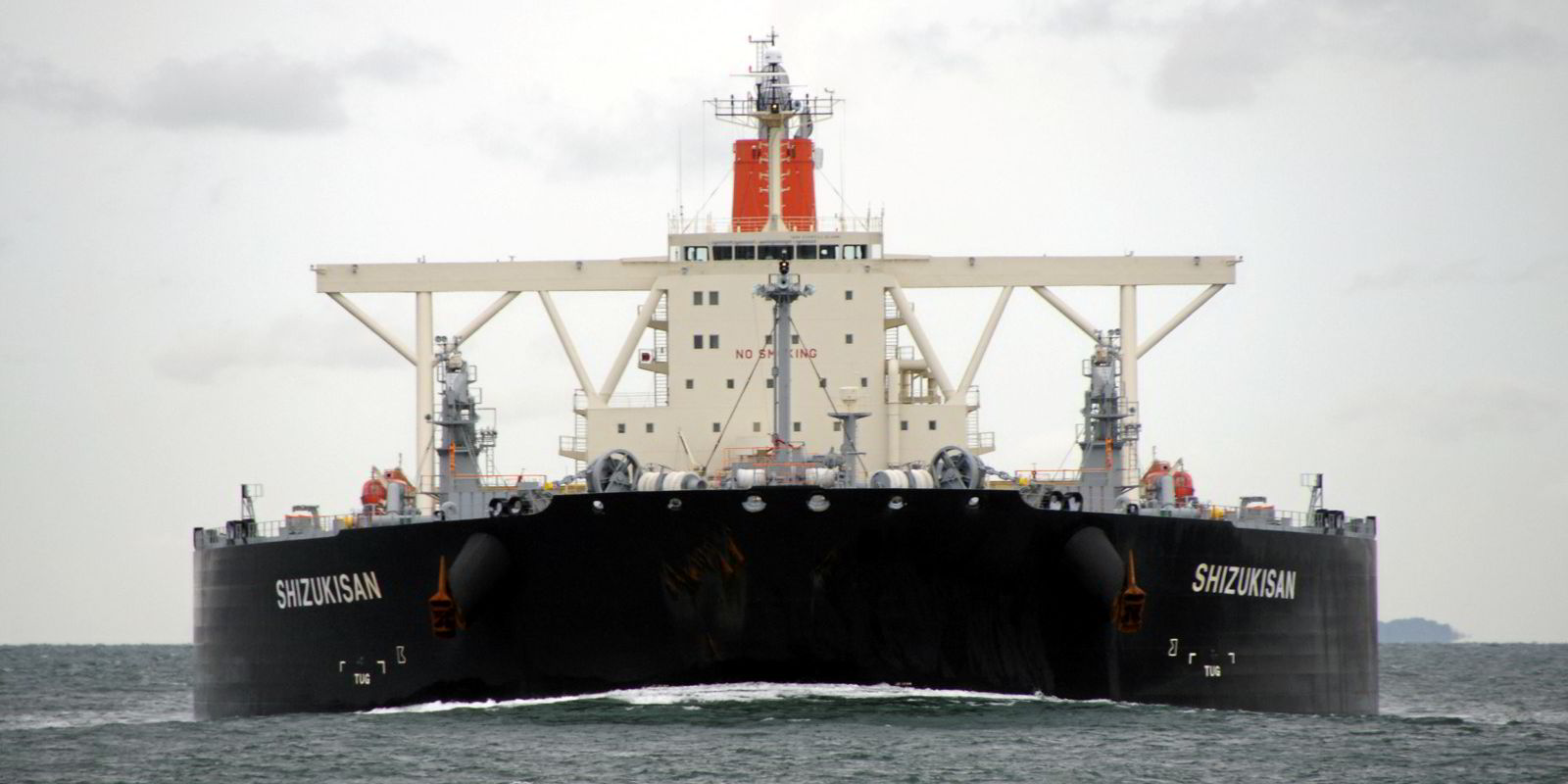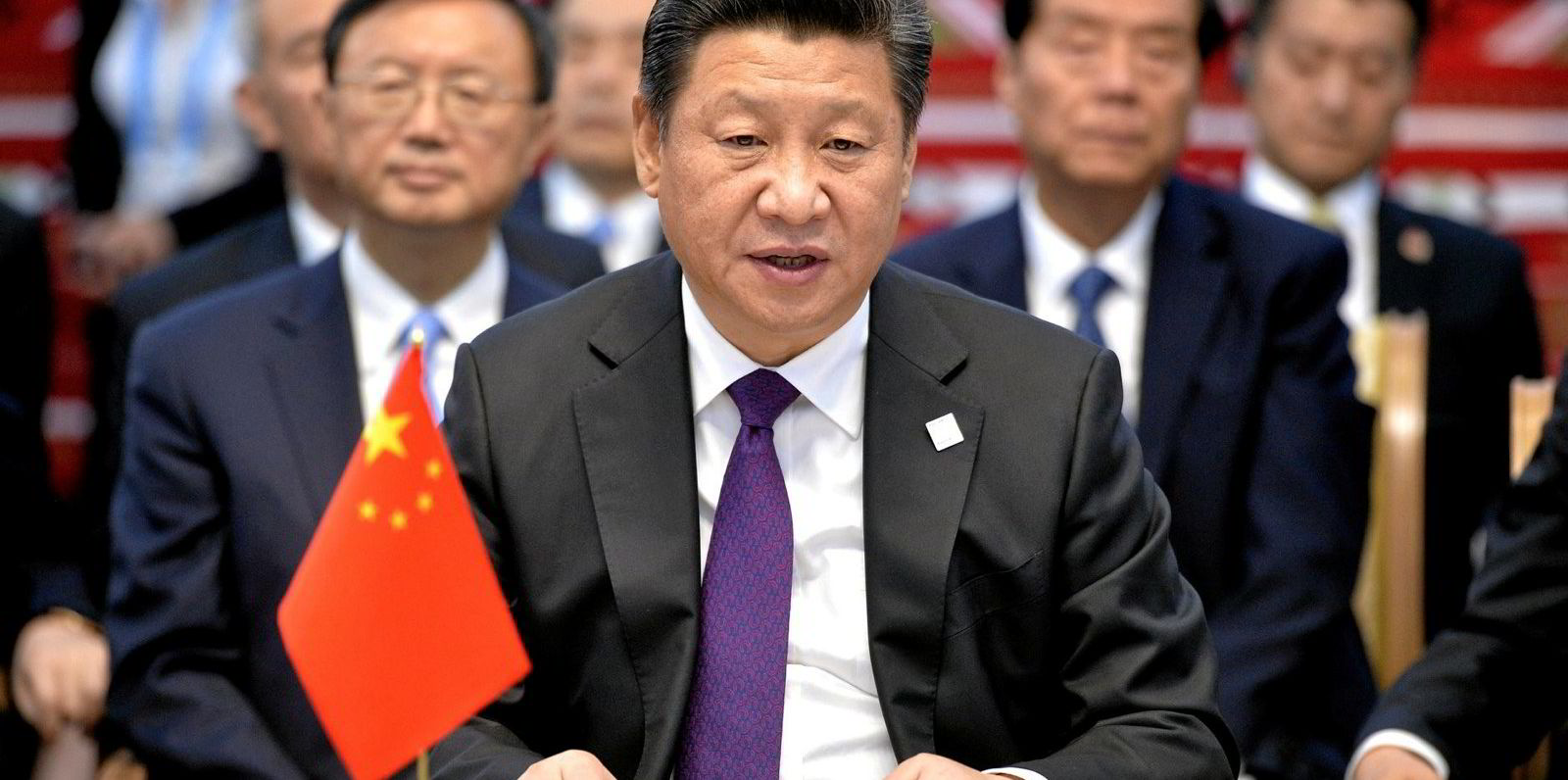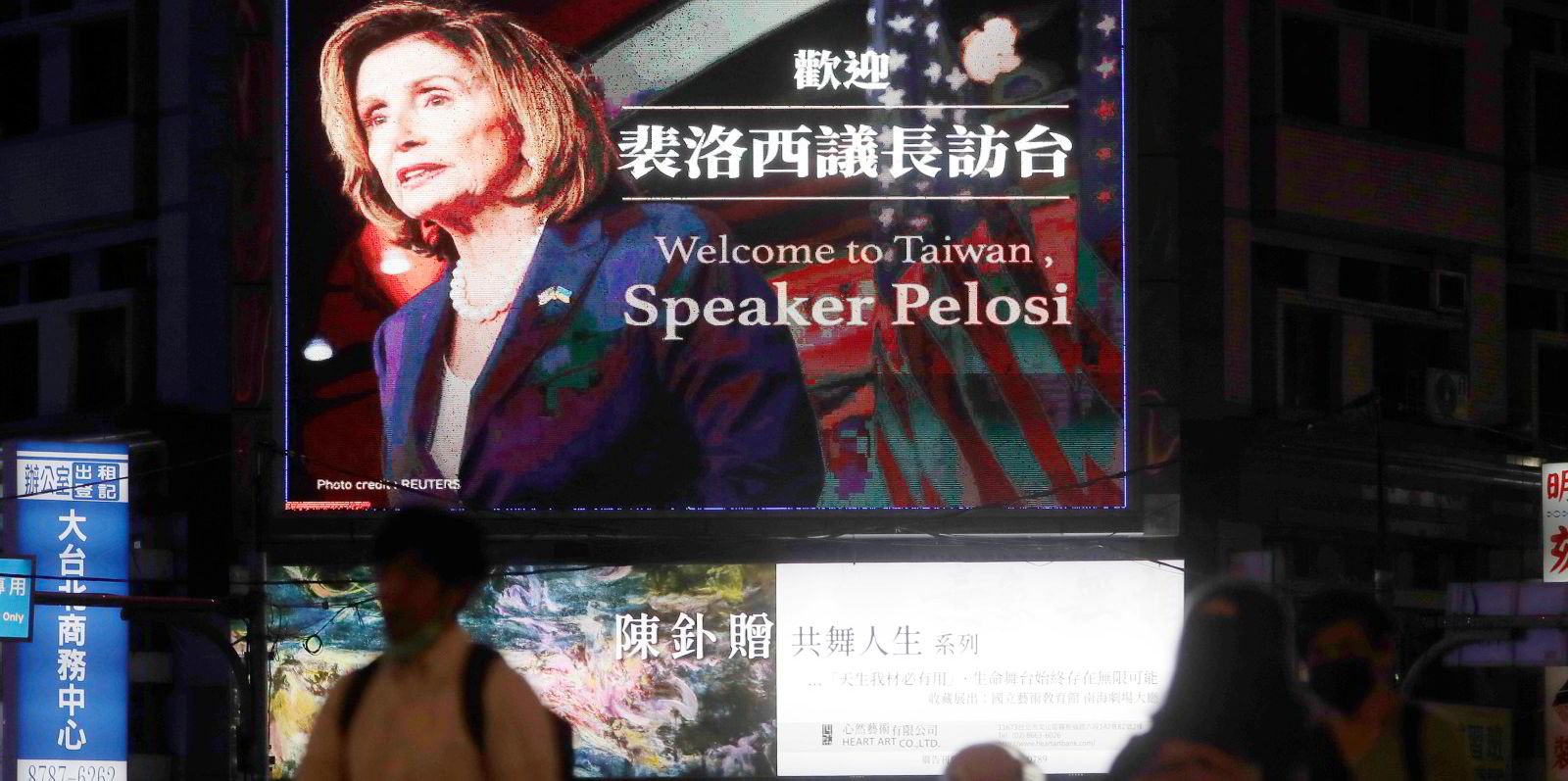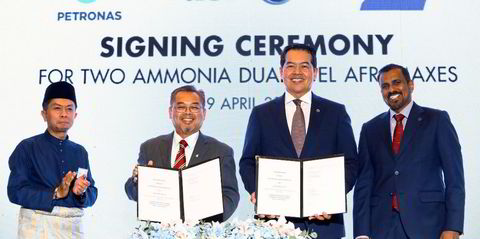Tanker markets would face “minimal” disruption in the unlikely event that the Taiwan Strait was closed due to military conflict, said Barry Rogliano Salles.
The French broker’s comments come in the wake of tensions ramping up in the region following the visit of US House Speaker Nancy Pelosi to Taipei last week.
“Although there would undoubtedly be an insurance premium placed on tankers voyaging in the region, analysis suggests that the net impact in ton mile demand would be negligible as the difference between shipping a cargo from Singapore to Northern China is only eight hours shorter when passing through the Strait compared to voyaging via the western side of Taiwan,” BRS said.
Several tankers were reportedly forced to reroute in order to avoid the region in the wake of Beijing’s announcement of live fire drills around Taiwan, according to ship tracking data.
“Although there is no information to suggest that tanker owners were unwilling to sail through the region, in the run up to the drills there was some nervousness amongst owners that shipping could become a target in the event of any further escalation in tensions,” BRS said.
“Notably, it appears that many tankers decided to anchor up close to Taiwan’s shoreline, especially in the vicinity of the southern port of Kaohsiung where there were upwards of 20 tankers waiting as the exercises began.
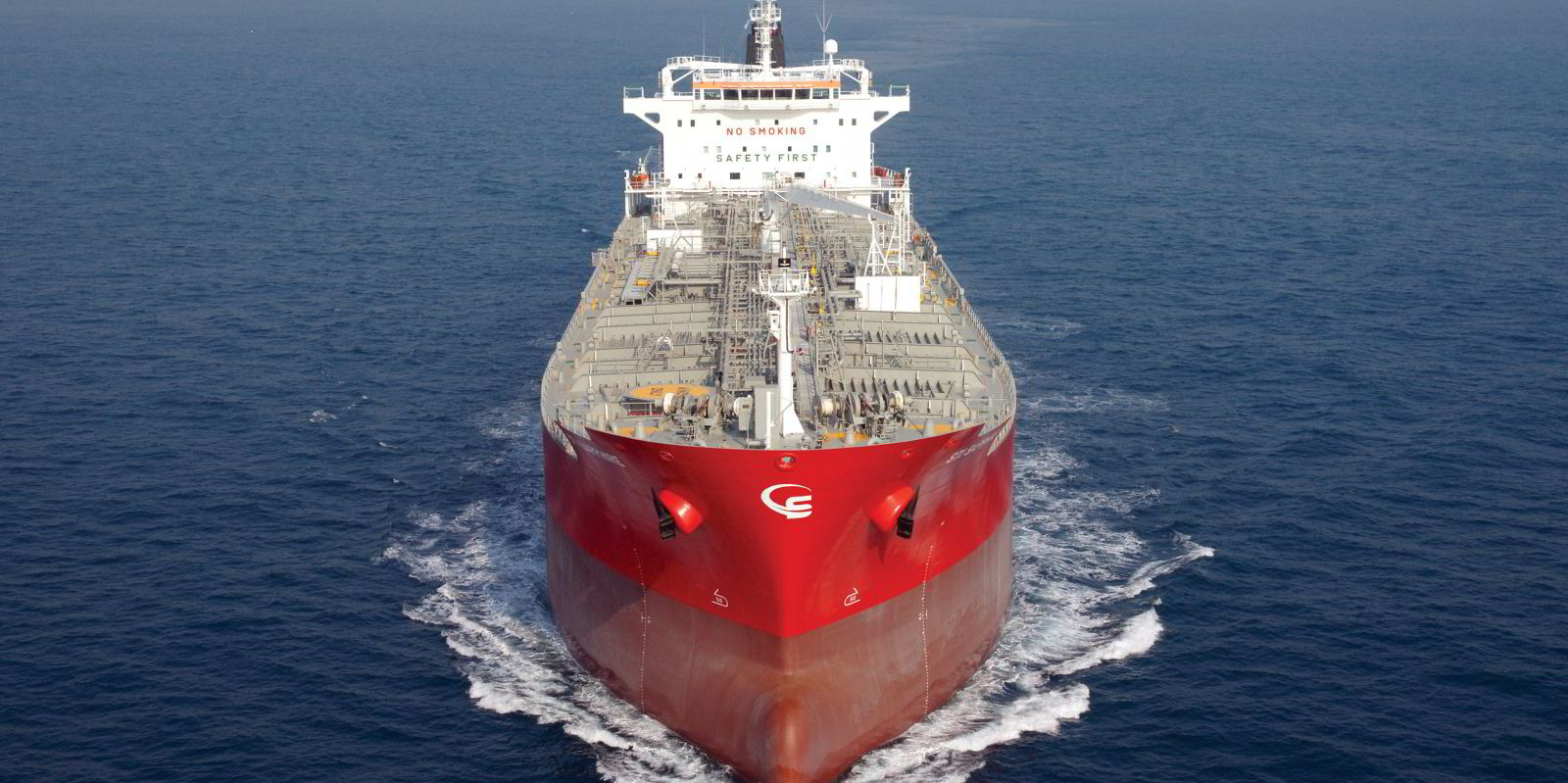
“There were also signs that tankers ballasting southwards after discharging in Northern China were changing direction to avoid the Strait,” BRS added.
The Taiwan Strait is the waterway by which the vast majority of China’s oil imports and exports pass. Ship tracking data indicate that approximately 11m barrels per day (bpd) of oil is shipped through the Taiwan Strait.
Of this, around 9m bpd or 80% is crude, 1.5m bpd is clean refined products and 500,000 bpd is fuel oil.
Around 93% of these flows are in a Northerly direction with the remainder, all of which is clean product or fuel oil, heading southwards to Southeast Asia and occasionally Europe.
BRS said it should also be noted that not all tankers destined for China pass through the Strait with some captains choosing instead to head to Northern China via the ocean to Taiwan’s east.
According to AXSMarine data, the vast majority of crude tankers passing through the straits are VLCCs while the majority of product tankers are MR2s.
“However, bearing in mind our underlying assumptions that China will eventually become a product exporting powerhouse, we anticipate that more and more LRs will use the waterway over the coming years,” said BRS.
“Considering the importance of the Taiwan Strait to Chinese energy security, this underlines our view that the threat to shipping in the region is low.”
In the event of any conflict, BRS said it would seem likely that the Taiwanese authorities could order its refiners to hike their purchases of crude and products despite current high prices.
“Bearing in mind Taiwan’s historical oil imports, this would see a rise in clean tanker demand from elsewhere in Asia and the Middle East and crude tanker demand from the Middle East,” the broker said.
